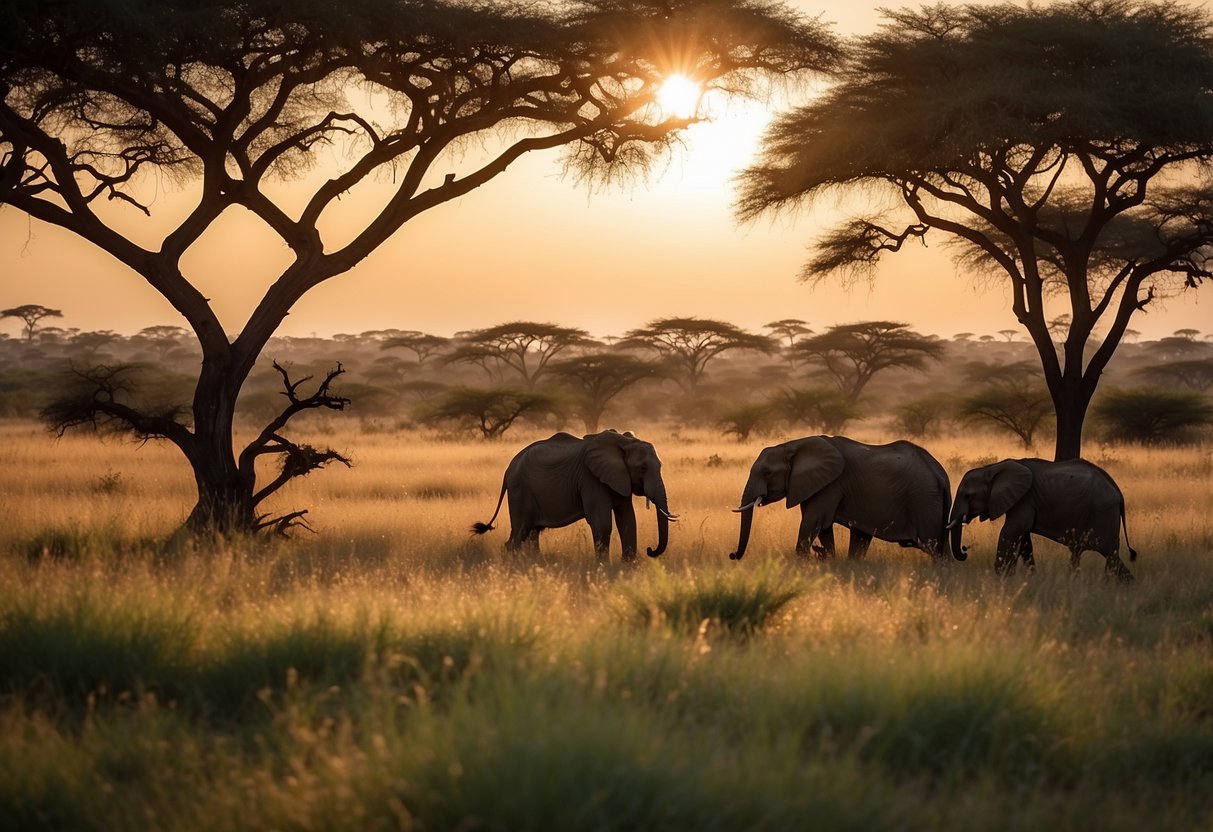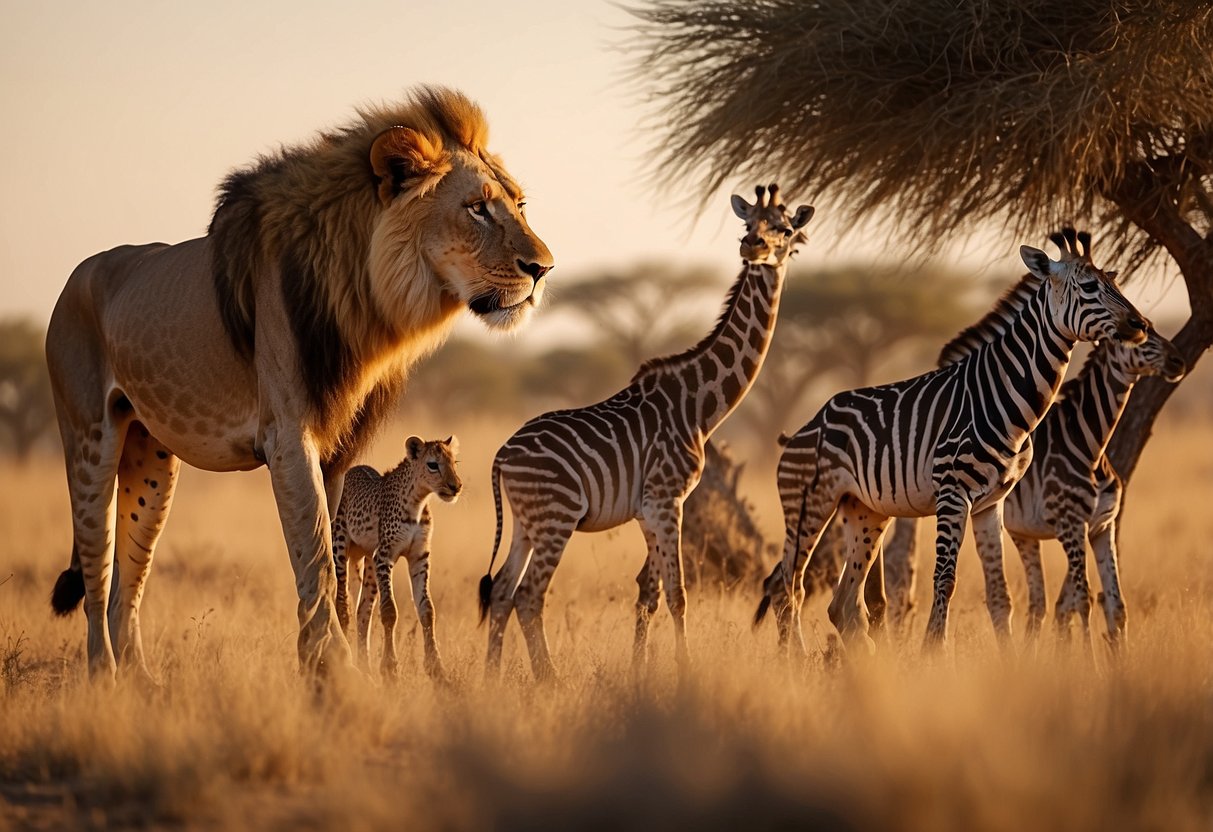
Packing Essentials for the Safari
Preparing for a safari requires attention to detail, especially when it comes to what you pack. Proper clothing, photography equipment, and health and safety gear are crucial for a successful and enjoyable adventure.
Clothing and Footwear
Choosing the right clothing is essential. Opt for neutral colors such as khaki, beige, and olive to blend in with the environment and avoid attracting insects. Lightweight, breathable fabrics are ideal for the hot climate. Long-sleeve shirts and long pants provide both sun protection and a barrier against mosquitoes.
Sturdy, comfortable footwear is equally important. Hiking boots or safari boots with good ankle support are recommended. Pack a wide-brimmed hat and sunglasses for sun protection. Layering is key, as temperatures can vary between day and night.
Photography and Binoculars
Capturing wildlife scenes requires appropriate gear. High-quality cameras with zoom lenses enable clear shots from a distance. Carry extra batteries and memory cards to avoid missing any moments. A lightweight tripod can help stabilize shots, especially in low light.
Binoculars are invaluable for spotting distant animals. A pair with at least 8x magnification and good light-gathering capability is recommended. Keep all electronic equipment in a waterproof bag to protect against unexpected weather changes.
Health and Safety Gear
Health and safety gear cannot be overlooked. Protect the skin with sunscreen of at least SPF 30 and reapply throughout the day. Insect repellent with DEET is essential to ward off mosquitoes and other insects. Packing a first aid kit with bandages, antiseptic wipes, and any required prescription medications is wise.
Hydration is critical, so include a reusable water bottle. A small flashlight or headlamp is useful for navigating campgrounds at night. Keeping health and safety prioritized ensures a smoother experience.
Wildlife in the Serengeti

The Serengeti offers an unmatched experience for wildlife enthusiasts. From witnessing the renowned Big Five to observing the awe-inspiring Great Migration, the ecosystem here supports a diverse array of species.
The Big Five and Other Predators
The Serengeti is famous for the Big Five—lions, leopards, elephants, buffalo, and rhinos. These animals symbolize the pinnacle of African wildlife. Lions dominate the plains, often seen lounging under acacia trees or on kopjes. Leopards prefer the cover of dense thickets and are known for their elusive nature. Elephants roam the savannah in herds, their sheer size and presence captivating onlookers. Buffalo, often in large groups, add to the sense of grandeur. Though rhinos are more elusive, they are a treasured sight.
Cheetahs are also common predators, known for their incredible speed. Their hunting tactics and agility make for fascinating viewing. Hyenas and jackals, although often seen as scavengers, play crucial roles in the ecosystem. Their presence ensures the cycle of life continues smoothly.
Witnessing the Great Migration
One of the most spectacular events in the Serengeti is the Great Migration. This annual phenomenon sees over a million wildebeest, accompanied by hundreds of thousands of zebras and gazelles, journeying in search of greener pastures. The crossing of the Mara River is particularly dramatic, with herds braving crocodile-infested waters.
Timing is crucial for those wishing to witness this event. Typically, the migration occurs between June and September. Visitors can expect to see massive herds stretching as far as the eye can see, a testament to the natural world’s splendor and resilience. Predators like lions and crocodiles lie in wait, making the journey perilous.